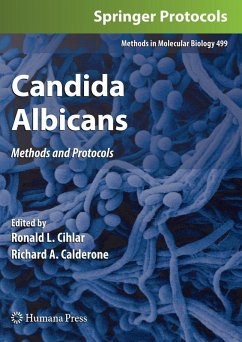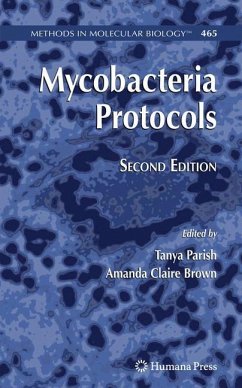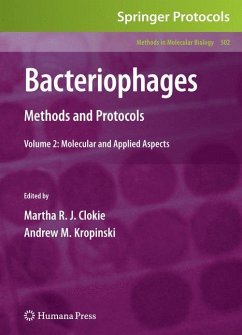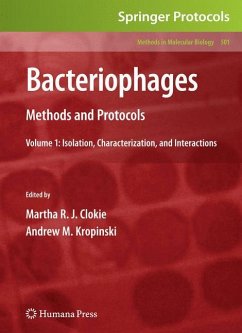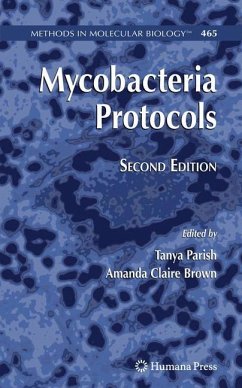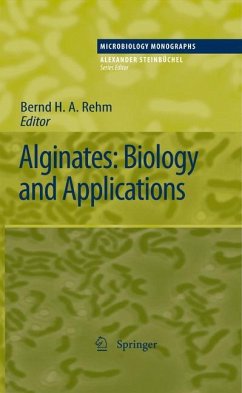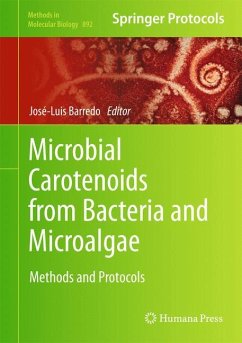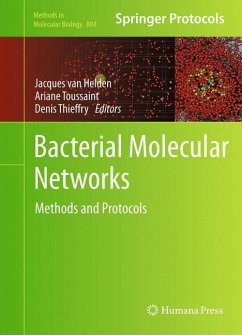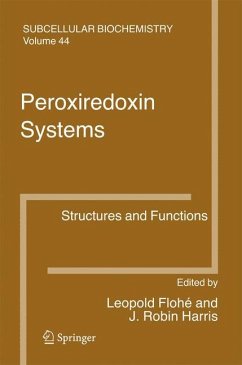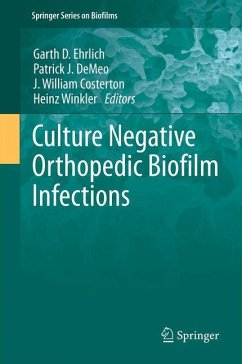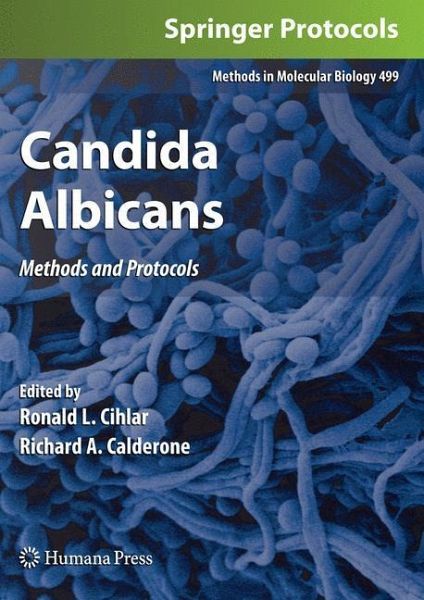
Candida Albicans
Methods and Protocols
Herausgegeben: Cihlar, Ronald L.; Calderone, Richard A.
Versandkostenfrei!
Versandfertig in 1-2 Wochen
115,99 €
inkl. MwSt.

PAYBACK Punkte
58 °P sammeln!
Over the course of the past decade, there have been remarkable advances in the study of human pathogenic fungi. These developments have taken place throughout a wide range of disciplines, and have come as the result of newly available genome sequences of pathogens such as candida albicans and other model fungi. In Candida Albicans: Methods and Protocols, expert researchers explore these exciting new insights, focusing on the study of medically important fungi and Candida spp in particular. Chapters examine critical aspects of molecular methods, providing information on reporter gene assays, tr...
Over the course of the past decade, there have been remarkable advances in the study of human pathogenic fungi. These developments have taken place throughout a wide range of disciplines, and have come as the result of newly available genome sequences of pathogens such as candida albicans and other model fungi. In Candida Albicans: Methods and Protocols, expert researchers explore these exciting new insights, focusing on the study of medically important fungi and Candida spp in particular. Chapters examine critical aspects of molecular methods, providing information on reporter gene assays, transformation, gene expression in vivo, and methods for large-scale gene disruption. At the same time, the work includes in-depth descriptions of disease models of candidiasis, facts about strain identification, and guidelines on the preparation of samples for proteomic investigations and tandem affinity purification. Composed in the highly successful "Methods in Molecular Biology(TM)" series format, each chapter contains a brief introduction, step-by-step methods, a list of necessary materials, and a Notes section which shares tips on troubleshooting and avoiding known pitfalls.
Authoritative and cutting edge, Candida Albicans: Methods and Protocols is an invaluable source of methods for investigators in the exhilarating fields of medical and molecular mycology.
Authoritative and cutting edge, Candida Albicans: Methods and Protocols is an invaluable source of methods for investigators in the exhilarating fields of medical and molecular mycology.




